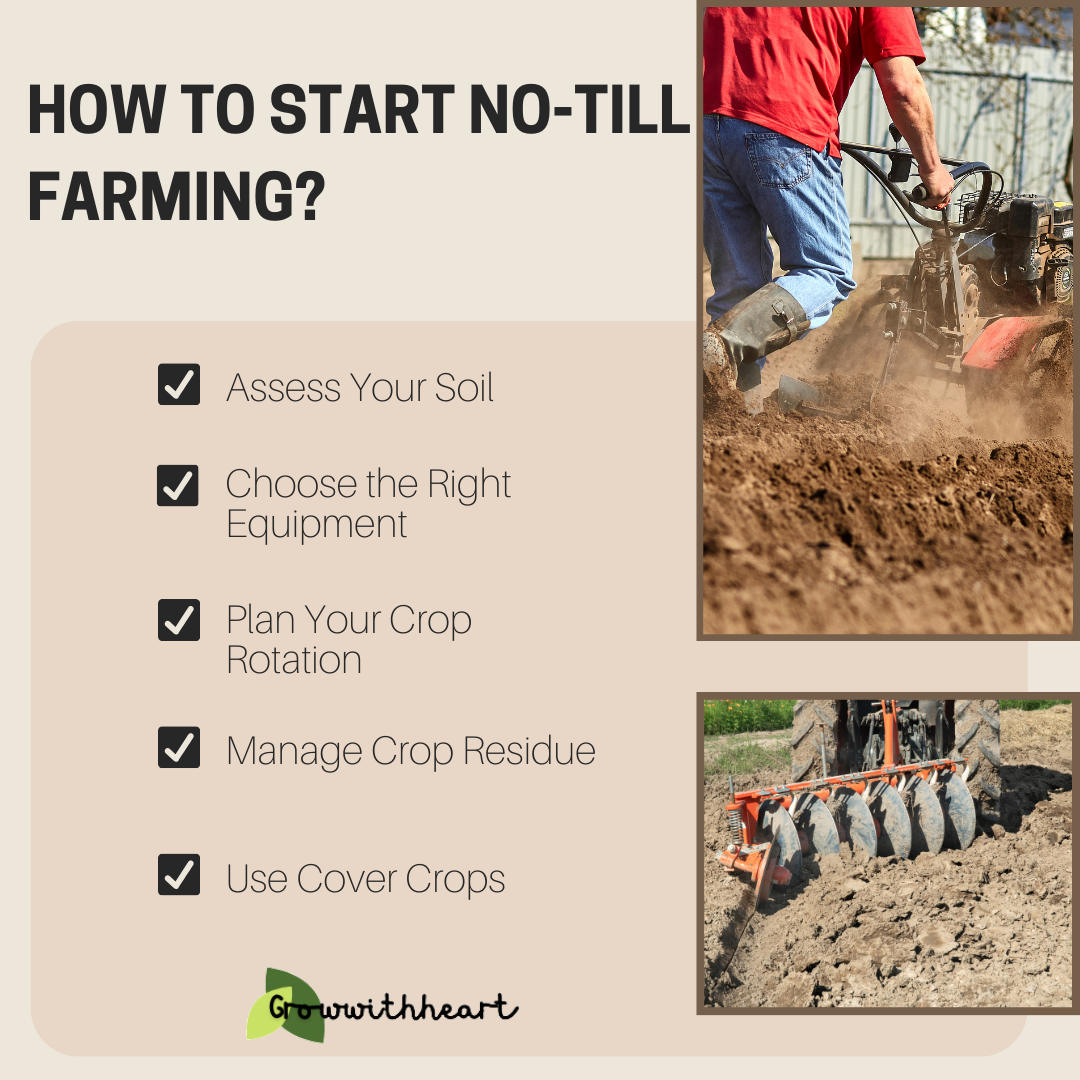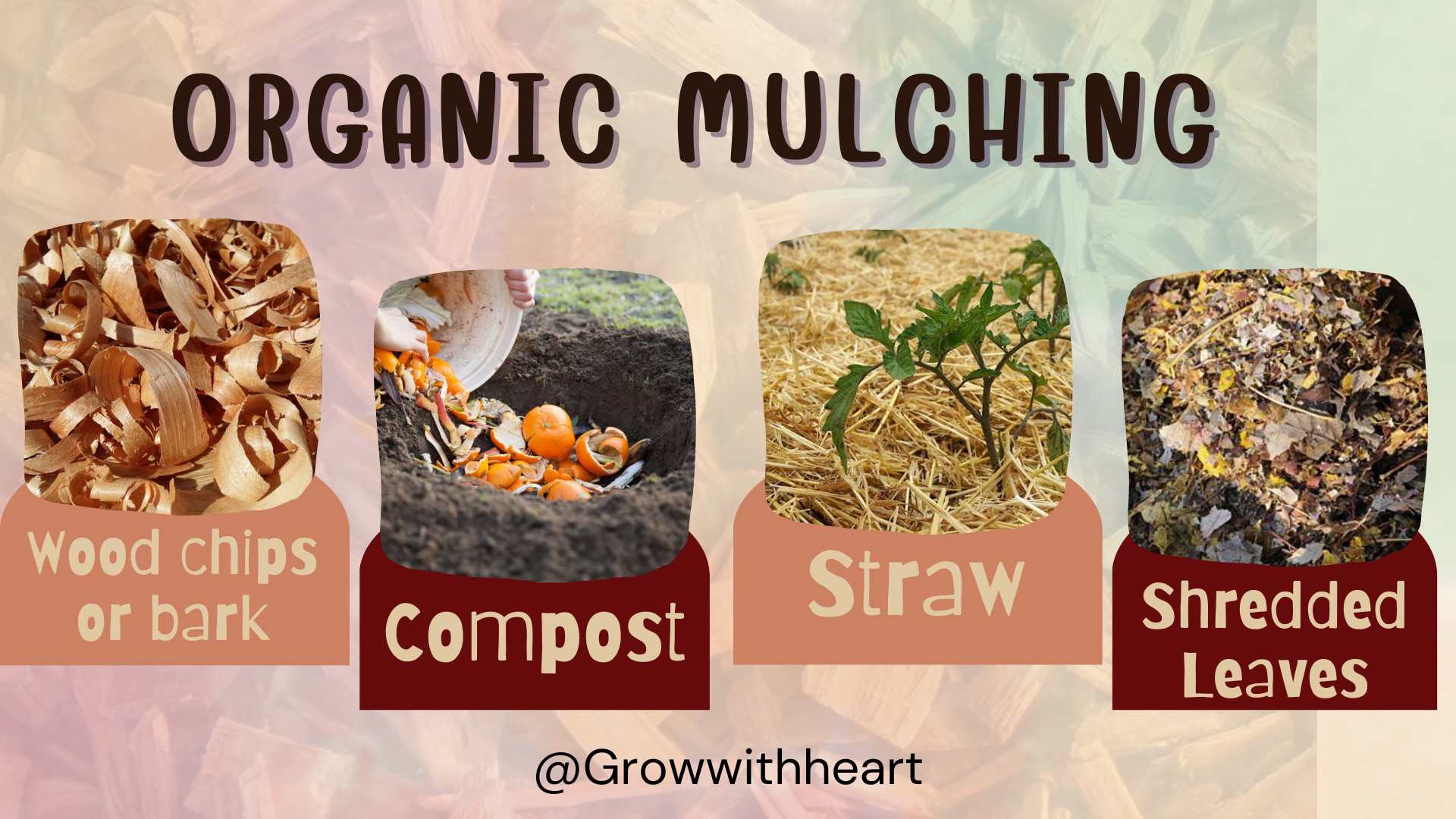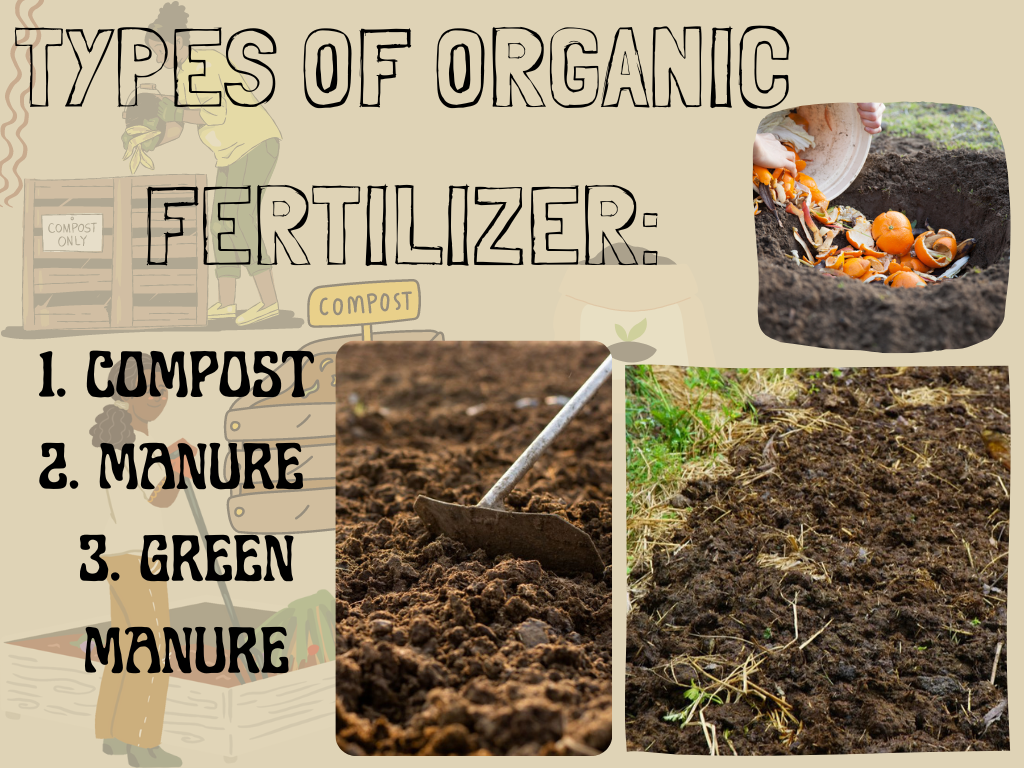No-till farming is a sustainable agricultural practice that involves planting crops without disturbing the soil through plowing or tilling. This method helps improve soil health, reduce erosion, and conserve water.

No-till farming offers numerous benefits for farmers who want to transition to more sustainable methods, including healthier soil and reduced labor.
In this blog post, we’ll break down the key steps to successfully implement no-till farming.
Table of Contents
Toggle1. What is No-Till Farming?
No-till farming, also known as zero-till or direct seeding, is a method where the soil is left undisturbed from harvest to planting. In conventional farming, soil is usually tilled or plowed to prepare it for planting.

However, this practice can lead to soil erosion, loss of nutrients, and disruption of beneficial organisms in the soil.
No-till farming eliminates the need for tilling by planting seeds directly into the residue of previous crops. This helps maintain soil structure, encourages earthworm activity, and keeps organic matter in the soil.
2. Why is No-Till Farming Important for Soil Health?
No-till farming has several key benefits for soil health:

- Reduces Soil Erosion: Since the soil is not disturbed, the risk of soil erosion from wind or water is greatly reduced.
- Increases Organic Matter: By leaving crop residue on the soil surface, organic matter is added back into the soil. This improves the soil’s ability to retain moisture and nutrients.
- Improves Soil Structure: Tilling breaks down the soil structure, which can lead to compaction. No-till farming maintains the natural soil structure, making it easier for roots to grow and absorb nutrients.
- Promotes Biodiversity: The undisturbed soil becomes a habitat for earthworms, microbes, and other beneficial organisms. These creatures help break down organic matter and improve soil fertility.
3. How to Start No-Till Farming?
Starting a no-till farming system requires planning and patience. Here’s a step-by-step guide:

Step 1: Assess Your Soil
Before transitioning to no-till, it’s important to evaluate the condition of your soil. Conduct soil tests to measure its pH level, organic matter content, and nutrient availability.
Knowing the current state of your soil will help you adjust your practices for the best results.
Step 2: Choose the Right Equipment
In no-till farming, you’ll need specialized equipment designed to plant seeds into the undisturbed soil. A no-till planter or seed drill is essential.
These machines can cut through crop residue and place the seeds directly into the soil, ensuring proper seed-to-soil contact.
You don’t necessarily need to invest in expensive new equipment. Some farmers modify their existing equipment to suit no-till practices.
Step 3: Plan Your Crop Rotation
Crop rotation is important in no-till farming. By growing different crops in successive seasons, you can reduce the risk of pests and diseases.
This also helps manage weeds and improves soil fertility. Legumes like peas or beans can be particularly beneficial, as they fix nitrogen in the soil, reducing the need for chemical fertilizers.
Step 4: Manage Crop Residue
After harvesting, crop residue, such as stalks and leaves, should be left on the field. This layer of organic matter protects the soil from erosion and helps retain moisture.
However, too much residue can block seed germination in the next season. If this happens, you may need to spread or chop the residue to ensure it decomposes properly.
Step 5: Use Cover Crops
Cover crops like clover, rye, or radishes play an important role in no-till farming. These crops are planted during the off-season to protect the soil from erosion, suppress weeds, and add organic matter to the soil.
When the cover crops die, their remains decompose and enrich the soil, making it more fertile for the next planting season.
4. Weed Control in No-Till Farming
Weeds can be challenging in no-till systems because the soil is not disturbed to bury weed seeds. However, there are several methods you can use to manage weeds effectively without tilling:
- Cover Crops: As mentioned earlier, cover crops can suppress weed growth by covering the soil and reducing the amount of sunlight that reaches weed seeds.
- Mulching: Applying organic mulch like straw or grass clippings can help block weeds from growing. Mulch also helps retain soil moisture.

- Crop Rotation: Rotating crops can disrupt the life cycles of weeds and reduce their ability to establish themselves in the field.
Some farmers also use herbicides, but it’s possible to manage weeds in a more organic and environmentally friendly way using the techniques above.
5. Fertilizer and Nutrient Management in No-Till Farming
Since the soil isn’t tilled in no-till farming, it’s important to manage nutrients carefully. Here’s how:
- Organic Fertilizers: Compost, manure, and other organic fertilizers can be spread on the surface to improve soil fertility. Over time, these materials will decompose and be absorbed by the soil.

- Green Manure: Green manure crops, such as legumes, can be planted to add nutrients to the soil naturally. As these plants grow, they fix nitrogen and other nutrients into the soil. When they die, their decomposition adds further fertility.
- Precision Application: In some cases, farmers use technology to precisely apply fertilizers to target specific areas that need nutrients, ensuring minimal waste and preventing nutrient runoff.
6. Challenges of No-Till Farming
No-till farming comes with many benefits, but it also has some challenges, especially in the early stages:
- Initial Costs: Purchasing no-till equipment or modifying your current machinery can be costly upfront.
- Weed Pressure: Since the soil is not disturbed, weeds can become a bigger problem, especially in the first few years.
- Adapting to New Practices: Transitioning from conventional farming to no-till requires patience and time. It may take a few years for the soil to show significant improvements.
Despite these challenges, many farmers find that the long-term benefits—better soil health, lower labor costs, and improved yields—make no-till farming worthwhile.
7. Long-Term Benefits of No-Till Farming
No-till farming is not just about immediate results. The benefits accumulate over time, making it a sustainable and eco-friendly practice:
- Soil Regeneration: Over time, no-till farming rebuilds soil structure, improves water retention, and boosts soil fertility.
- Lower Input Costs: As the soil becomes healthier, farmers often find they need fewer chemical inputs like fertilizers and herbicides.
- Increased Yields: Healthy soil leads to better crop growth and increased yields in the long run.
- Carbon Sequestration: By not disturbing the soil, no-till farming helps capture and store carbon, contributing to the fight against climate change.

8. Is No-Till Farming Right for You?
Before adopting no-till farming, consider the specific conditions of your land, climate, and crops. No-till farming may work better for some crops than others, and soil type can affect how quickly you see results.
Consulting with local agricultural experts or other farmers who have successfully implemented no-till can help you make the right decision.
Conclusion
No-till farming is a powerful method for improving soil health and promoting sustainable agriculture. While the transition may take some time, the long-term benefits—such as healthier soil, reduced erosion, and better crop yields—are worth the effort.
Following the steps outlined in this guide, you can start implementing no-till farming practices and take a big step towards a more sustainable and productive farm.

Pingback: 7 Key principles of ZBNF